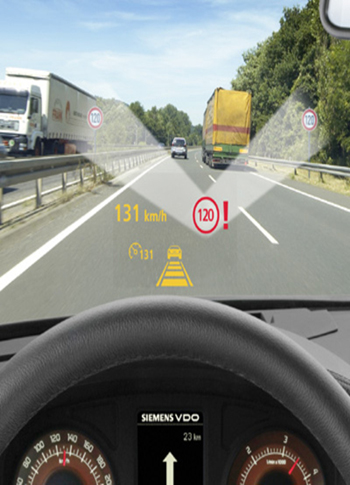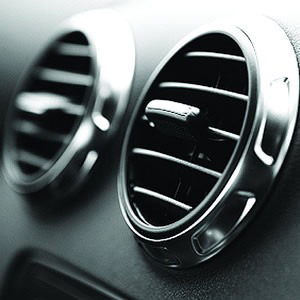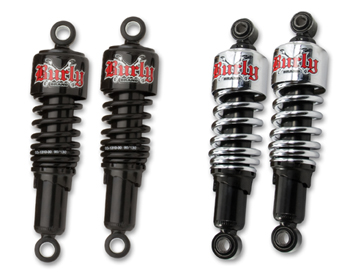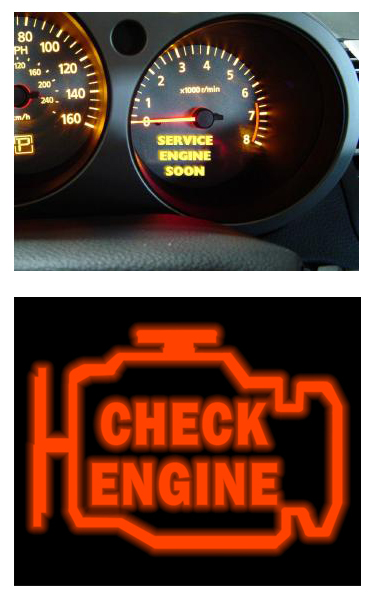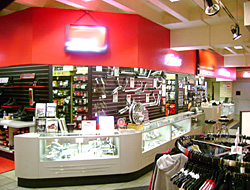Now this lady is no doubt a “Garage-Girl”, check out her passion, still at 91 years old. We love how she has cared for this car and documented everything, this lady ROCKS!!! We hope she inspires you to treasure your passion for your vehicles!
Category Archives: The Machine
Riding out to Sturgis, Get your Spectro in!
Moto Adventure Gal
Smart Cars
While most people don’t drive around with these newest technologies, as more and more people start buying up the latest models it won’t be long before almost everyone on the road has this technology at their fingertips… So what do you think, is this technology that rocks and we should embrace, or is it kinda creepy???
Blind Spot and Cross-Traffic Detection
Blind spot detection features identify people, other vehicles, or objects within vehicles’ blind spots and provide an instant warning to the driver. Similarly, cross-traffic detection systems can detect vehicles, people or objects in a vehicle’s path while backing out of a parking space and alert the driver.
Driver Recognition System
This system allows multiple drivers of a vehicle the ability to program various vehicle settings including seat positions, mirror positions, and climate control & stereo settings that can all be activated when the driver enters the vehicle.
Night Vision System
This technology provides the driver with a high-beam image of the road ahead, without distracting other drivers, using an infrared light beam that is invisible to the human eye. An on-board camera is used to capture images up to 500 feet away that are then presented on a display in the vehicle’s cockpit.
Parking Assist System
Parking assist systems help drivers park backwards or parallel park using a built-in computer and small sensors located at the rear of the vehicle. After confirming feasibility of targeted parking position, the vehicle’s parking movements would be done automatically by the vehicle.
Keep your Vehicle A/C crankin’
Spark Plugs, how and why we need to change ’em!
Spark plugs are responsible for transferring energy from the ignition system into the combustion chamber. The spark plugs also transfer heat into the cylinder head where it is pulled away via the exhaust stroke. Why do you think those exhaust pipes are so hot? Plugs come in different heat range settings. Which is best for you, well 9 times out of 10 the heat range plug your service manual is telling you to use will be right. Now if you are loading up a full dressed motorcycle and are going to be doing some real hard touring in high temps you might want to consider using a colder running plug vise versa for the opposite situation.
In order to change your plugs you’ll need to determine what size hex your plugs are and then grab the correct socket to match so you can remove the plugs. Remove the plug wires form the spark plug and go ahead with your wrench or ratchet and break the spark plug loose. Once you loosen the plug enough you can grab it with your hand and remove it. Careful if your engine is still hot, you’ll burn your hand. Wait until your engine has cooled some to change the plugs. If the plugs are totally black and reek of fuel then it’s telling you the engine is running rich, this means it’s getting too much fuel during the process of mixing fuel with air. A black plug could also mean your air filter is clogged or maybe you made some changes to your ride, like a set of pipes which is effecting how fast the exhaust is being pulled away, or it could be as simple as a change in altitude and air. A rich plug means that you will lose power as the plug tip temperature drops and causes the plug to foul out. The engine is running too fat (rich) and this is why you’ll see a plug covered with carbon or unburned fuel creating that black look.
If the plugs are totally white then the engine is telling you it’s not getting enough fuel, it’s running lean. A lean mix means the cylinder and plug tip temperature are running high. This bleached look will indicate a lean fuel air mix. Sparkplugs should have a beige color to them; if they look real black or white and you can’t pin-point why then you’ll want to have a certified mechanic take a look. Your spark plugs should also be even in color. You never want to see one spark plug black and one beige; both spark plugs should have the same color. A fuel mixture problem could be robbing you of power. Your Engine mixes fuel with air and combustion happens when the air fuel mixture meets the spark from the spark plug. The faster you get air and fuel in and the quicker you get the exhaust out will enhance the performance of your ride. When changing sparkplugs you’ll need to gap the electrode according to the spec listed in your Service manual. Use a spark plug gapping tool to get the correct gap. The “gap” is where the spark happens, therefore allowing the igniting of fuel, the width of the gap is determined by the strength of the igniton. The wrong gap on a spark plug can cause your engine to run improperly. Don’t over tighten when installing the spark plug back into the cylinder head or you’ll be rather annoyed when you want to replace that spark plug and can’t break it loose. I recommend cleaning the threads on the cylinder head before installing a new plug to rid any dirt that may have collected there. It’s also a good idea to use a bit of anti-seize on the plug threads, this will eliminate the threads from corroding in the cylinder head. Refer to your service manual for the proper torque on the plug.
Get Your 4th on!
Need to get Grounded?
My cars Check Engine Light is on: What should I do?
How do you prefer to order your parts?
Hey guys can you help up out? We want to hear it from you. How to do you prefer to order your car or motorcycle parts? Dealership, online, or smaller aftermarket shop? Please leave a comment below and fill us in on why, share an experience that helped you with how you prefer to order your parts. Thanks!



